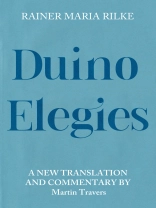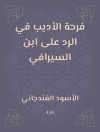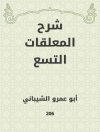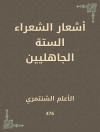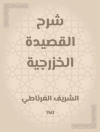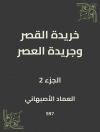A new translation of Rilke’s great work with close readings of each of the ten elegies elucidating how their poetic attributes constitute their meaning.
Rilke continues to be the most read and discussed German poet of the modern period. The
Duino Elegies, together with the
Sonnets to Orpheus, remain his greatest achievement. The themes of the ten elegies — and the conceptual world unique to Rilke from which they emerge — can best be understood through their poetic form: their imagery and neologistic formations, their angular syntax, their abrupt changes of tone and linguistic register, their use of multiple personae and speaking voices, and the often-ironic self-presentation of the author. Commentators, however, have often treated these features as mere formal devices that we can somehow see through to get to what really matters, that is, to what Rilke has to say about the human condition or the meaning of life, to his philosophy or worldview. On the contrary, they are constitutive of meaning in the elegies, and understanding them is crucial to our experience of reading Rilke’s work. The purpose of this book is to make such features visible and to explain them to the reader as clearly as possible. This is the first full-length book in English devoted to the elegies in over thirty years. It offers an entirely new translation of each elegy, paired with the original German text, and a close reading of each.
Содержание
Contents
Acknowledgments
Note on the Translation
Works Frequently Cited
Introduction
Elegy 1
Elegy 2
Elegy 3
Elegy 4
Elegy 5
Elegy 6
Elegy 7
Elegy 8
Elegy 9
Elegy 10
Bibliography
Index
Об авторе
MARTIN TRAVERS is Associate Professor at Griffith University, Brisbane, Australia.
